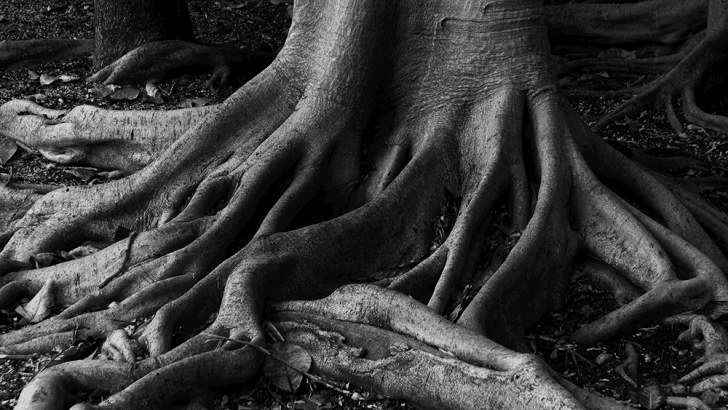
The value of networks in business or associations is well recognised. In this article and video Dr Suzanne Simard talks about how trees also have networks that add value to the forest community, and how this value persists right up to the moment of death.
The article and video were published on the blog of Dr Brian Lamb, who is a Teaching and Learning Strategist at the Centre for Teaching, Learning and Technology at The University of British Columbia. On his blog he writes that he was unfamiliar with how mycorrhizal networks connect the roots of trees, facilitating the sharing of resources.
This article and the accompanying video is available at http://abject.ca/do-trees-communicate/
Dr. Suzanne Simard writes:
Graduate student Kevin Beiler has uncovered the extent and architecture of this network through the use of new molecular tools that can distinguish the DNA of one fungal individual from another, or of one tree’s roots from another.
He has found that all trees in dry interior Douglas-fir (Pseudotsuga menziesii var. glauca) forests are interconnected, with the largest, oldest trees serving as hubs, much like the hub of a spoked wheel, where younger trees establish within the mycorrhizal network of the old trees.
Through careful experimentation, recent graduate Francois Teste determined that survival of these establishing trees was greatly enhanced when they were linked into the network of the old trees.
Through the use of stable isotope tracers, he and Amanda Schoonmaker, a recent undergraduate student in Forestry, found that increased survival was associated with belowground transfer of carbon, nitrogen and water from the old trees.
This research provides strong evidence that maintaining forest resilience is dependent on conserving mycorrhizal links, and that removal of hub trees could unravel the network and compromise regenerative capacity of the forests.
View the video at http://abject.ca/do-trees-communicate/
Categories:









